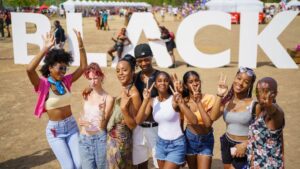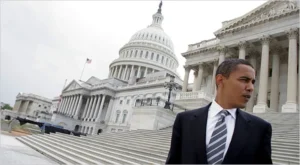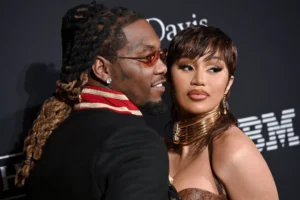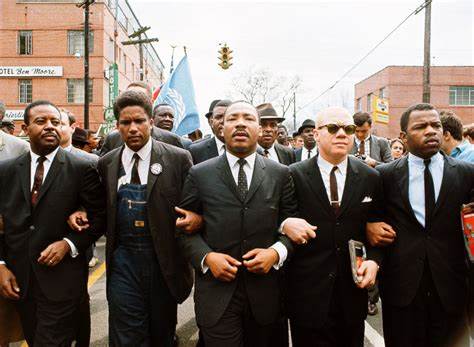
The Black freedom struggle didn’t die with Dr. King or get archived after the Civil Rights Act of ’64. It morphed. It adapted. It grew sharper, angrier, louder. And while the faces may have changed, the pain stayed the same.
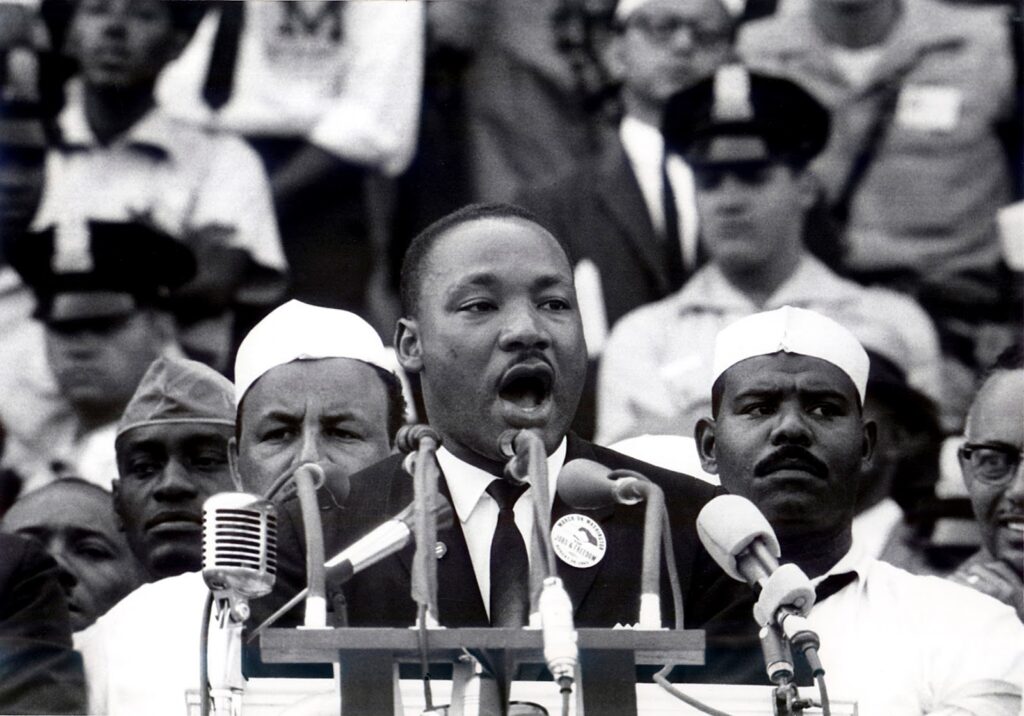
In the 1950s and ‘60s, Black people in America fought for the right to sit, walk, vote, and live like human beings. It was about dignity. It was about staying alive in a world built on your back but designed to keep your face in the dirt. Think Montgomery, Birmingham, Selma—names soaked in both blood and hope. Civil rights was the language of the time, but make no mistake—it was always a demand for justice.
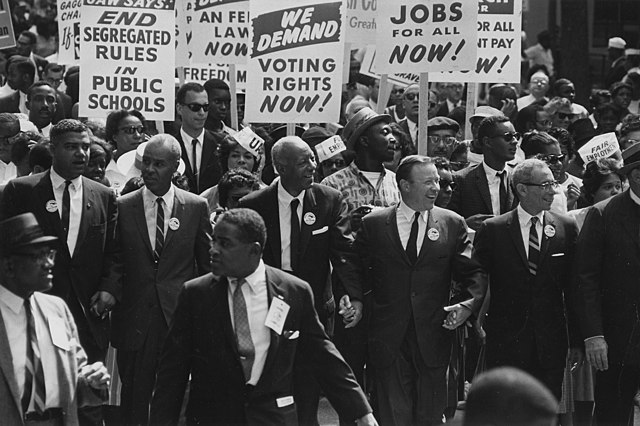
Fast forward. The cameras are better now. The hashtags are new. But the struggle? It never left.
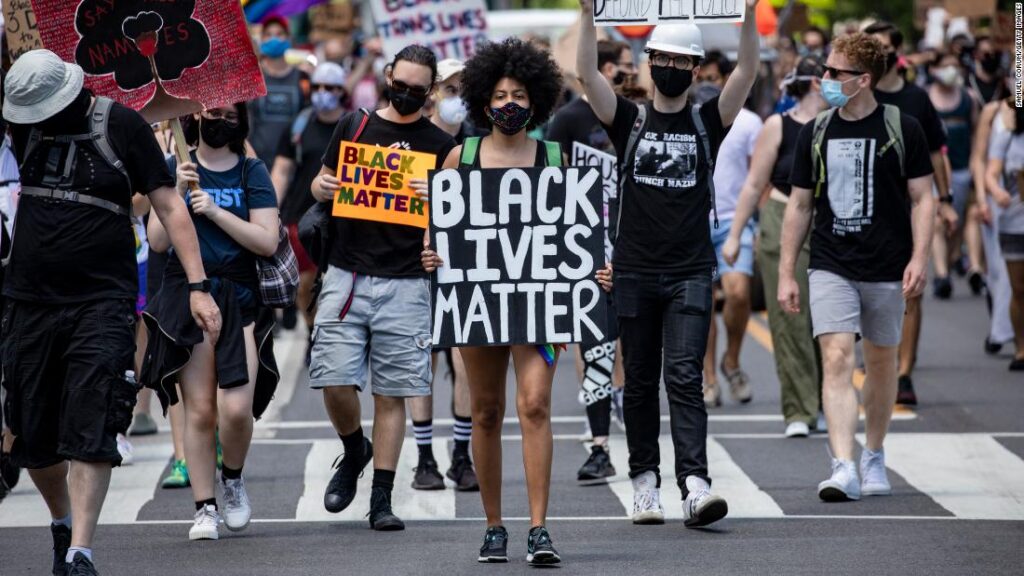
Enter the Black Lives Matter era—born from the last breath of Eric Garner, from the cold street under Mike Brown, from the cell Sandra Bland never left. This isn’t your grandfather’s movement, but it’s fighting the same war. A war against invisibility. Against disposability. Against a system that polices Black skin like it’s a threat.
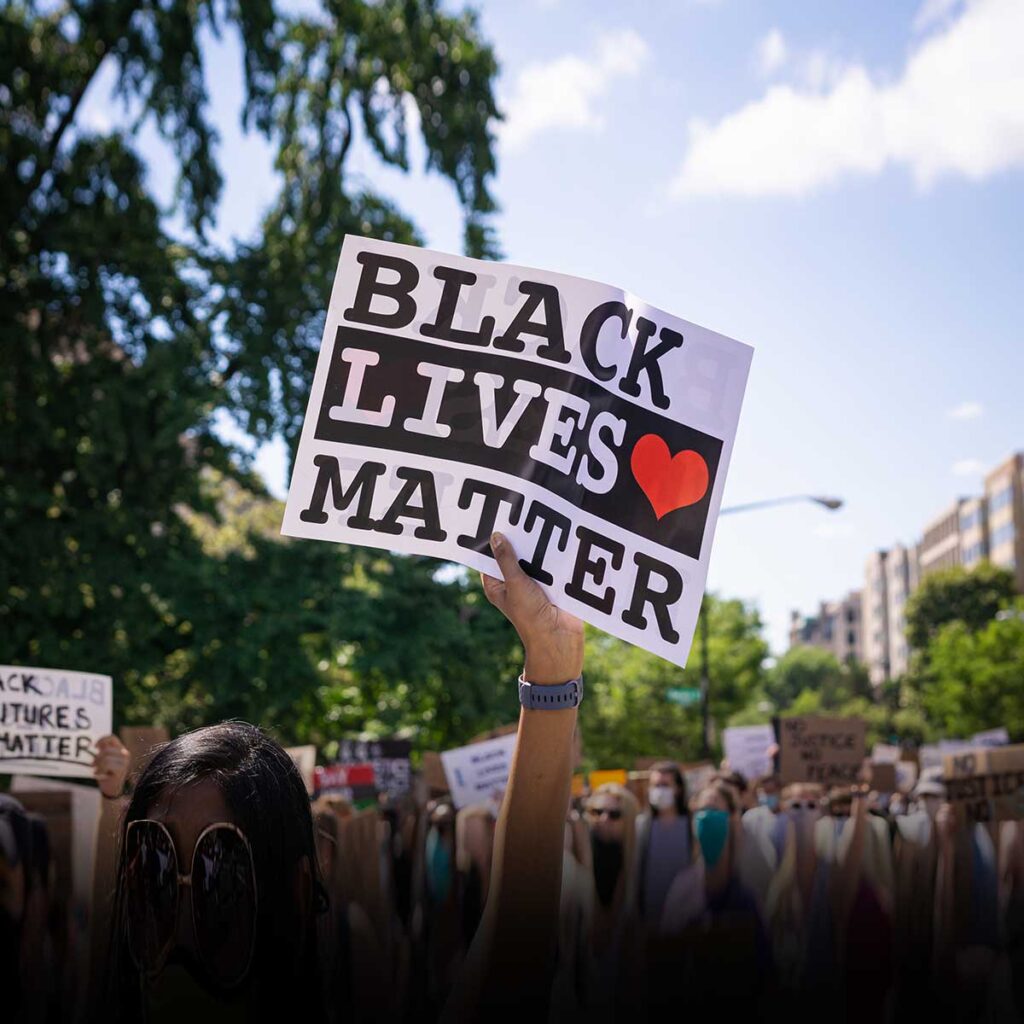
Where the Civil Rights Movement marched in Sunday clothes and called for integration, BLM hits the street in hoodies and calls out structural rot. It doesn’t ask—it demands. It doesn’t plead for a seat at the table—it flips it.
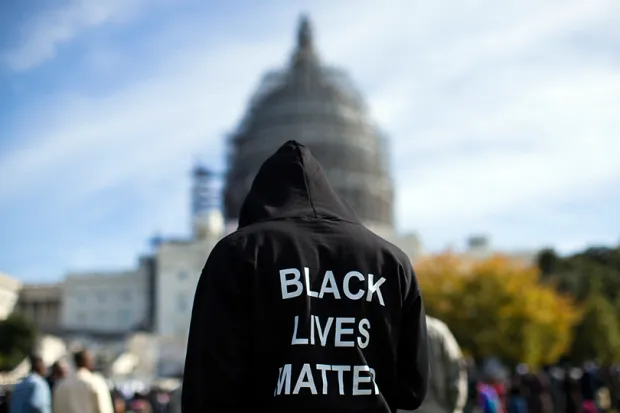
And yet, the core of it all—then and now—is resistance. Black folks refusing to be erased, to be silenced, to be criminalized for simply existing. The movement today uses Twitter instead of telegrams, bodycams instead of black-and-white newsreels, but it still sings the same song of freedom—only louder, and with less patience.
Because justice delayed is still justice denied. And Black voices won’t wait quietly anymore.
This Story Was Written by Titus Terrell
⸻

